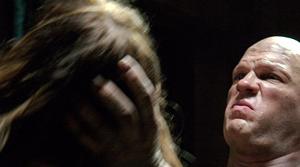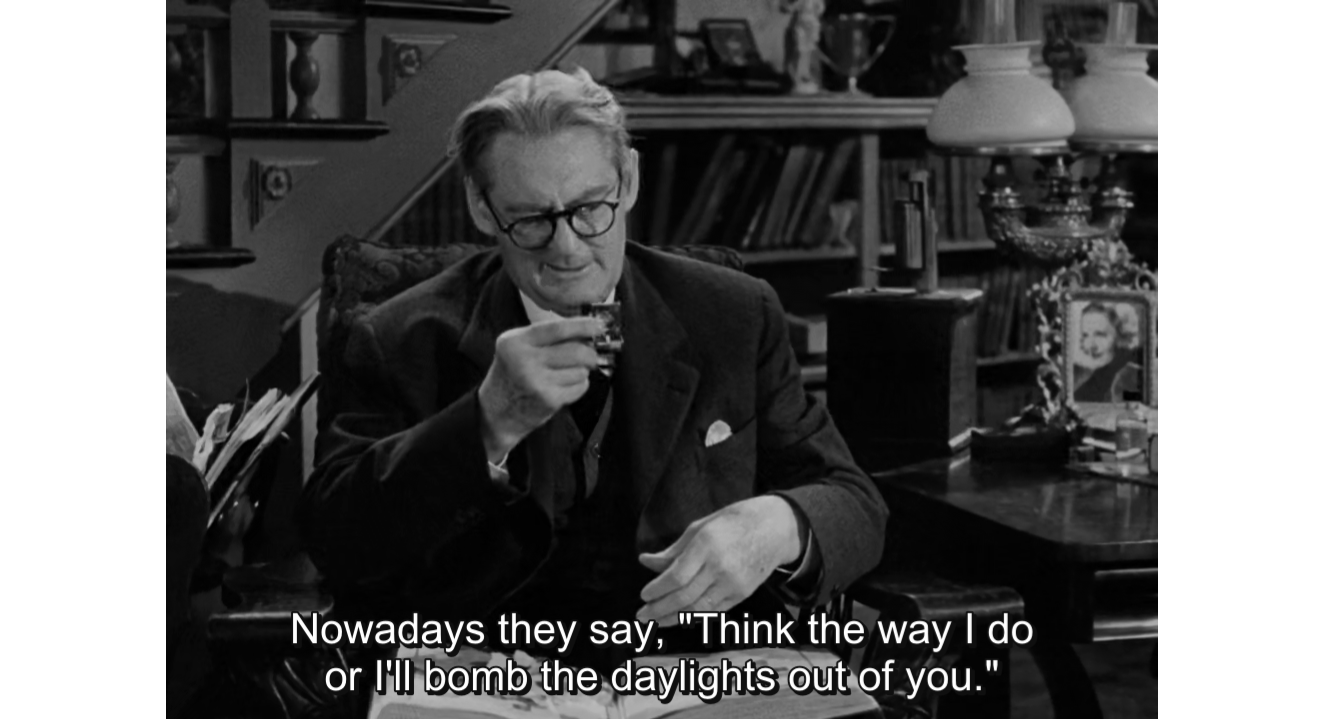
Alexandra's Project (Rolf de Heer, 2003)
Rolf de Heer's Alexandra's Project begins like a dream. The camera glides through the concrete roads of a seemingly ordinary Australian suburb. The morning sun giving off a cool and somewhat eerie illumination as the camera shows the stillness and the unnerving normality of the neighborhood. The camera stops. We see a townhouse, and the camera allows us to peek inside: a man is sleeping while his wife, pale-looking and with a hint of conflict in her face, observes her husband. Cut to the next scene: the woman is alone in the bathroom, and says a sweet sorry to her husband. We instantly know there's some kind of trouble between the couple. Then, she spits and takes back her apology in an instant change of mood. Then, we know that it's not merely trouble. It is deep, deep trouble.
Alexandra's Project is the story of Steve (Gary Sweet), the stereotypical perfect husband. Well over his forties, he takes care of himself physically, is an able provider to his two children, and is well-loved in his office where he is assured of a raise and a promotion. He is also celebrating his birthday, and is expecting a pleasant surprise from his family. His wife Alexandra (Helen Buday) has devised a plan. She plans to give her husband the most memorable birthday present ever. After a very breezy day in the office, Steve goes home expecting a surprise party. What he gets, however, is a cold beer, a comfortable chair, a television set, a remote control, and Alexandra's titular project, a videotape of Alexandra's birthday greetings, including a birthday striptease, followed by tirades about their marital concerns, which complicates into something violent, something completely unexpected.
It's a very interesting proposition that De Heer presents: a concept that can pass off as suburban Ringu without any ghosts coming out of the television set, instead the nightmare of nightmares of marital discord suddenly revealing itself from the television. It's a gripping thriller that relies mostly on the ingenuity of the script, written by de Heer, and the proficiency of it two main actors. Sweet inhabits the role of the husband with confident pomp, that will quickly deflate. In the beginning of the film, he is shown entirely naked scoffing at the fat neighbor who is watering his plants far too early. Sweet gives off an air of annoying arrogance that somewhat justifies the ensuing events. De Heer makes sure he doesn't grant the man too much personality, just mere glimpses of what he is capable of; there are slight hints of the man cheating, but these are never entirely materialized.
Buday on the other hand is a complete revelation. Her somewhat anemic predisposition in the early scenes of the film, her somewhat housewife uselessness, and the fact that the house is a literal prison with all the safety gadgets put upon it, makes her complete turnabout a real satisfying surprise. She suddenly becomes sexy, dangerous, psychotic, and erotic. Most of her acting is done through the confines of the television tube, but she communicates her frustrations and aggressiveness very well. Her monologues give off a level of insanity that may or may not be justified, but is indeed watchable.
Alexandra's Project is delightfully well-made but the letdown is not in de Heer's technical mastery but his creative decisions. It all starts well, as a suburban nightmare. Then it drowns in everyday conceit which gives off a realistic hint to all of the proceedings. The board meetings, the taxi cab rides, all of those routine activities of normal living betray the ensuing events since Alexandra's plan might not actually work in a setting based on reality, where cops do roam about, and there is the magic of the internet where anything and everything can be found, and even without that, there are telephones and other modes of communication that can easily stop the wife from finally completing her plan. If it were a Lynchian nightmare ala Blue Velvet, this film could probably be a near-masterpiece, but de Heer opts for realism, and tense thrills rather than surreal dreaminess.
























































